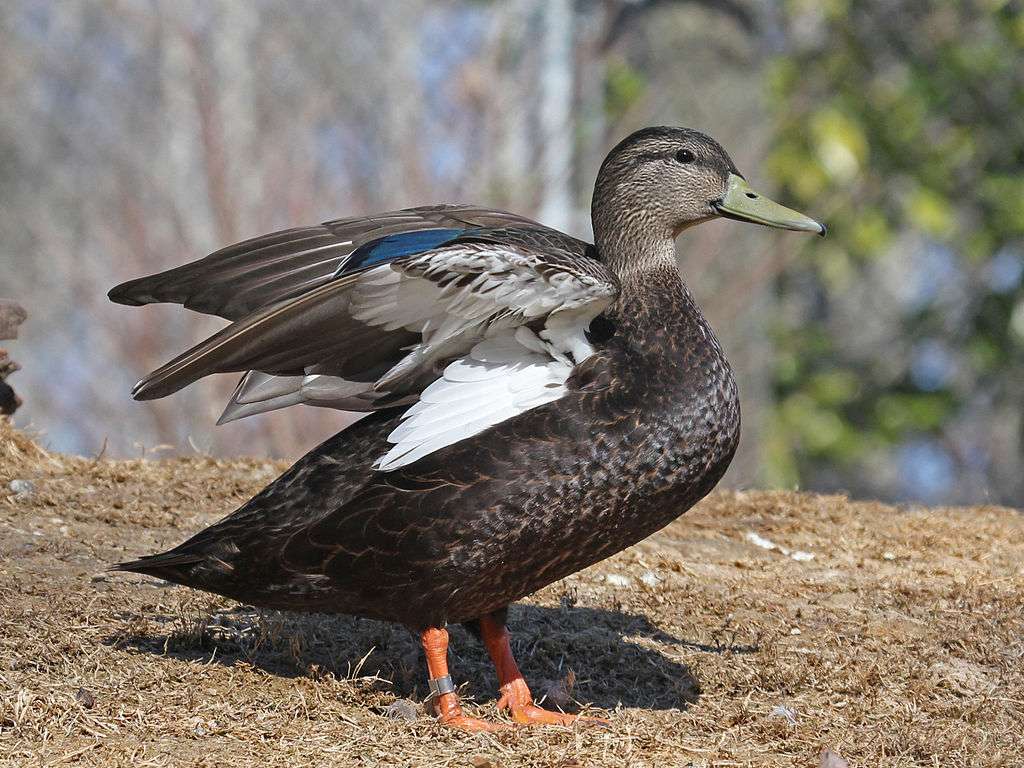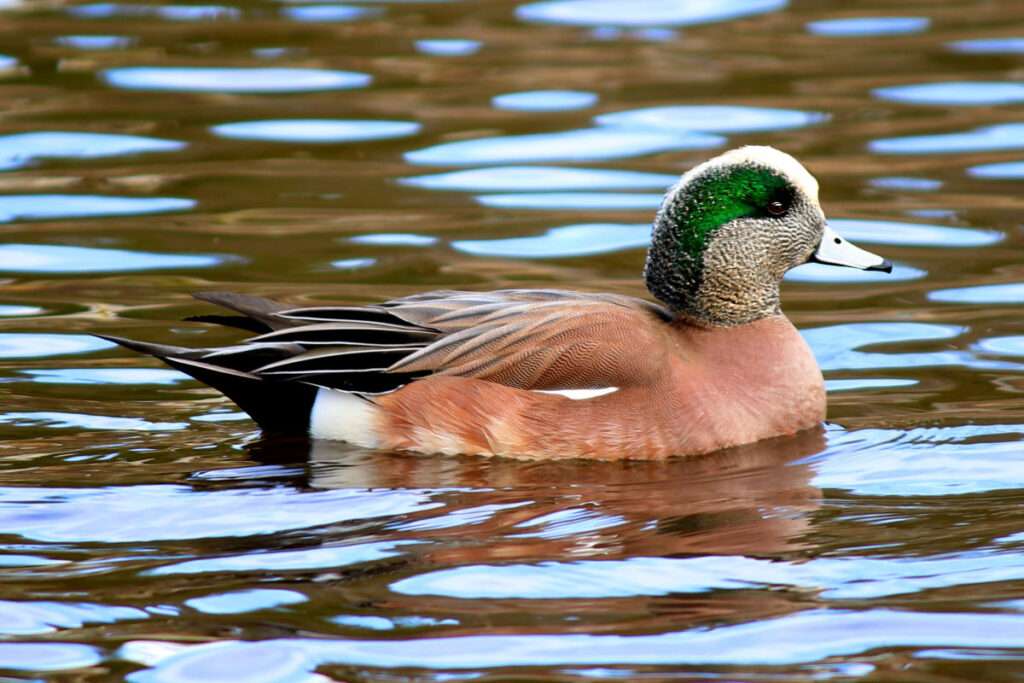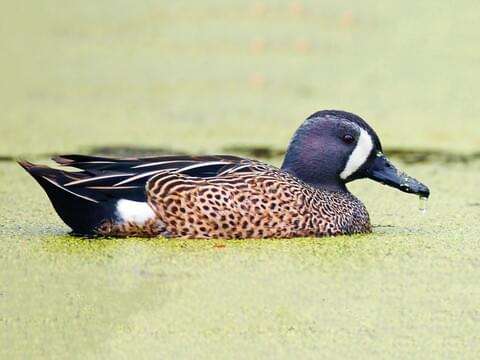
One type of merganser is the hooded merganser (Lophodytes cucullatus). In the genus Lophodytes, it is the sole surviving species. The Greek words lophos, which means “crest,” and dutes, which means “diver,” are used to create the genus name.
Fun Facts
- Only the Smew of Eurasia is smaller than the Hooded Merganser, which is the only one that is unique to North America. There are six living species of mergansers.
- Underwater, hooded mergansers use sight to locate their prey. In order to enhance their underwater vision, they can really alter the refractive characteristics of their eyes. Additionally, they have an extra eyelid known as a “nictitating membrane,” which is translucent and functions as a pair of goggles-like eye protection while swimming.
- Georgians refer to these ducks as “frog-ducks” because of their courtship cry, which is remarkably similar to the pickerel frog’s.
- The Hooded Mergansers’ young are referred to as “ducklings,” the females as “hens,” and the males as “drakes.”
Description
Male hooded mergansers have a broad, bordered white crest. The tops of the chest, breast, and belly are all white, whereas the tops of the head, neck, and back are all black. The tawny sides and flanks have wavy black lines. The rump, the tail, and the hindback are all dark brown in color. The bill is long, narrow, and coloredly serrated. The legs and feet are a duller yellow than the iris, which is bright yellow. The heads, necks, and crests of female hooded mergansers are gray-brown in color. The lower bill is yellow, while the upper bill is black with orange margins. The eyes are brown, while the legs and feet are a shade of green.

Predators
Predation primarily targets ducklings and eggs. Bears, European starlings, Northern flickers, woodpeckers, raccoons, mink, and snakes are some of the common predators.
Diet
As piscivores, hooded mergansers eat primarily fish as part of their diet. However, these birds will also consume other aquatic invertebrates like crabs and crayfish in addition to aquatic insects.
Habitat
Wooded rivers, lakes, and ponds. In the summer, in areas with forests, beside creeks, small rivers, and pond edges. If artificial nesting places are made available, they might be in more open marsh settings. On wooded swamps, freshwater and brackish coastal estuaries, and woodland ponds during the winter.
As Pet
It is best to leave hooded mergansers in their natural environment. Although they frequently live in flocks and have a peaceful disposition, it is unknown if they would make acceptable pets. It is necessary to speculate about how they behave while around people.
Table





